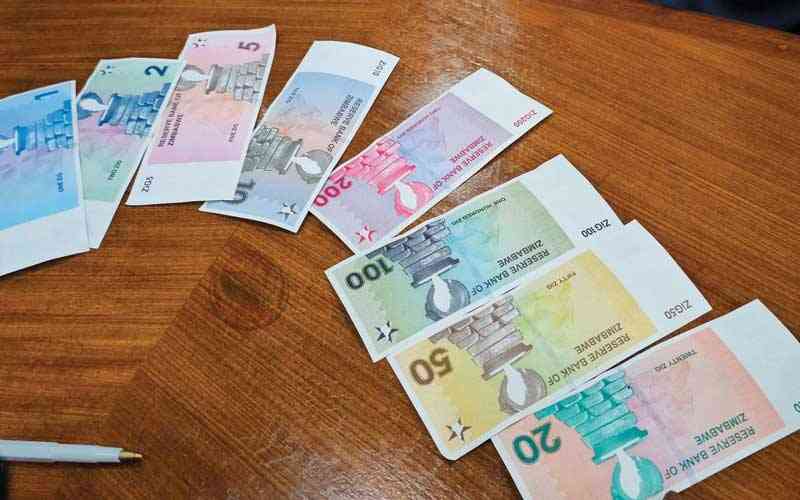
The new local currency, ZiG, has held ground against the US$ on the interbank market since introduction, while relatively sailing stable on the parallel market despite staggered jumps.
However, this sustained stability has come on the basis of a number of unsustainable factors in the long-run, which pose questions on prospects of the overall market with respect to projected dynamics.
The ZiG’s value is fixated against global gold prices, which renders the exchange rate against the US$ a direct influence of gold price fluctuations. However, while gold prices fluctuate, they are not highly volatile and tend to follow a range around a fixed average price. This then means the stability on interbank market is expected to sustain in the medium-term, and is only susceptible to a policy shift around the currency pegging.
Meanwhile, the parallel currency market tends to follow a different set of matrices, free from direct government control. The parallel exchange rate is directly affected by demand and supply forces. This means, while the interbank rate will perpetually oscillate around a given mean, the parallel exchange rate is prone to high volatility which is highly skewed in one direction, the negative trajectory.
Since the introduction of ZiG, speculation and uncertainty fueled demand for a safer haven in the hard currency, US$, on the parallel market. This saw the rate accelerating depreciation from the initial 1:13.5 to 1:20. This trend subsided in the second week of May as the Central Bank tightened screws on money supply, thus discouraging speculative trading. Since then, both the parallel market and the interbank have held ground.
However, in the dying weeks of May the Central Bank partially loosened the monetary policy through payment of government contractors. In a bid to sustain market discipline, a simultaneous action from the government was launched in the form a full-fledged enforcement of use of local currency and legally prohibiting parallel exchange activities.
Nevertheless, it is imperative to note that according to past trends, it is practically not sustainable to dictate the economy anyhow. Therefore, as the government continues to pump more liquidity as need arises, a market correction on the parallel market will eventually take shape as the unwavering demand for US$ continues to weigh on the local currency.
In light of this, the ZiG, in the medium-term, will significantly devalue against the US$ on the parallel market. Presently, the exchange premium stands at a circa 50%. However, due to tight liquidity and high enforcement, this premium has not had notable negative effects in the economy.
- Drama around Ndebele king making a mockery of the throne
- Umkhathi Theatre Works on King Lobengula’s play
- Street mural exposes Zim’s divided society
- Awards target married couples
Keep Reading
This is despite the fact that most traders tend to rely on the parallel market for valuation and pricing as it gives convenience for currency exchange as well as a market driven valuation of assets. Therefore, in due time as the exchange premium widens with more liquidity in the economy, a valuation crisis on ZiG denominated assets will undoubtedly ensue, and this notably includes financial markets.
This is because, the government mandates formal valuations that require currency conversions to be conducted in accordance to official exchange rate, which at that point will substantially vary from market driven valuation.
For example, a stock on ZSE may move by a nominal 5% and 3% in US$ terms, based on the interbank market. However, this may translate to a loss of -11% based on the parallel market. Upon liquidation of such a portfolio, the investor will ultimately be subjected to the -11% exchange loss when they try to convert the money on the convenient market, or rather the respective exchange loss when they try to procure goods from a trader whose base pricing model is parallel market value. In conclusion, the fixing of interbank rate to global gold price will only yield a substantial arbitrage opportunity in the medium-term, and potential loss to ZiG denominated asset classes.
- Duma is a financial analyst and accountant at Equity Axis, a leading media and financial research firm in Zimbabwe. — [email protected] or [email protected], Twitter: TWDuma_






